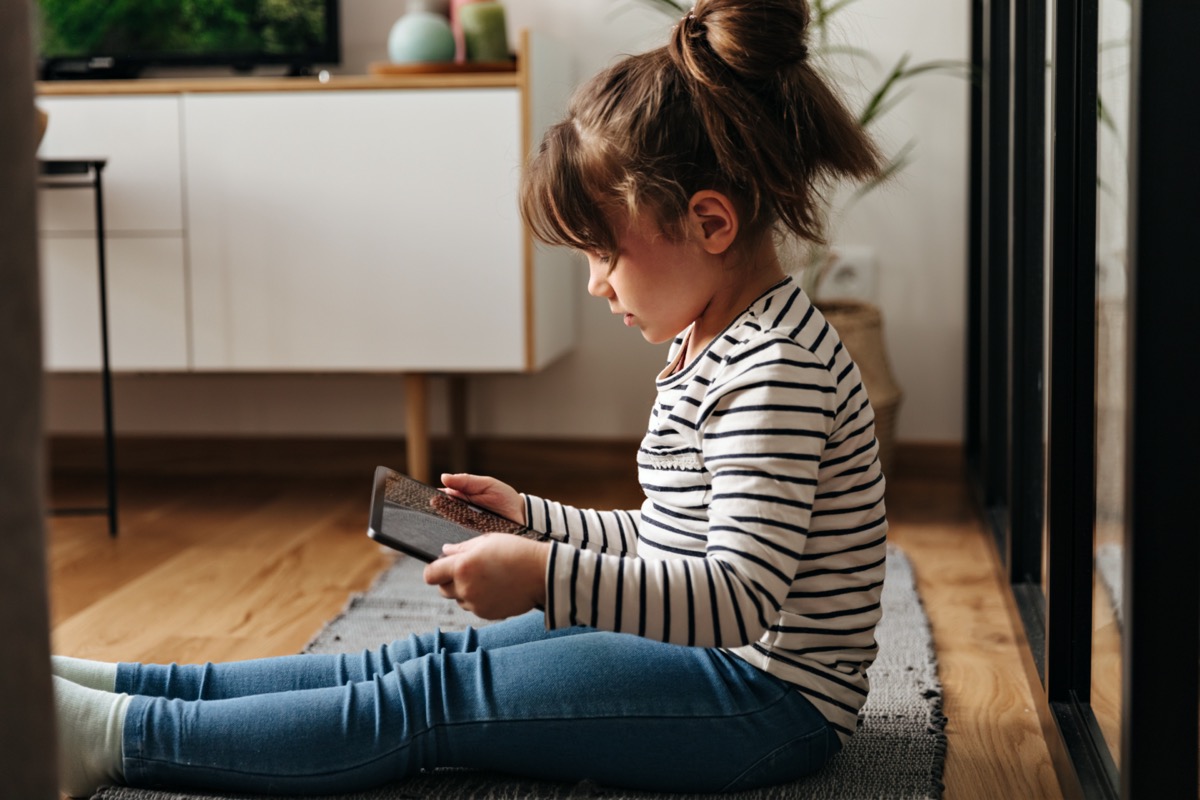
The Importance of Digital Education in Today's Society
Digital Education: Teaching Kids to Use TikTok Responsibly
Digital education plays a crucial role in today's society. It provides access to a wide range of educational resources and opportunities, allowing individuals to learn anytime and anywhere. It promotes digital literacy and prepares students for the digital world they will be a part of. Digital education also enhances collaboration and communication skills through online platforms. It enables personalized learning experiences and caters to diverse learning styles. Moreover, it equips individuals with the necessary skills for the future job market, as digital skills are in high demand. Overall, digital education is essential for fostering a knowledgeable and technologically advanced society.


